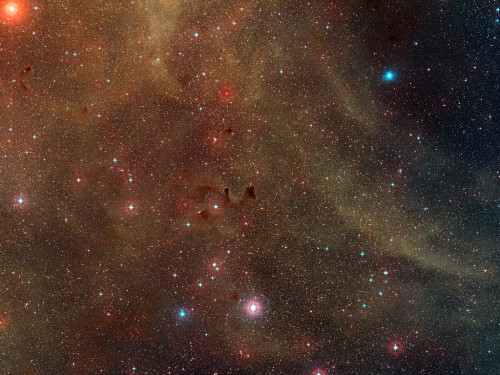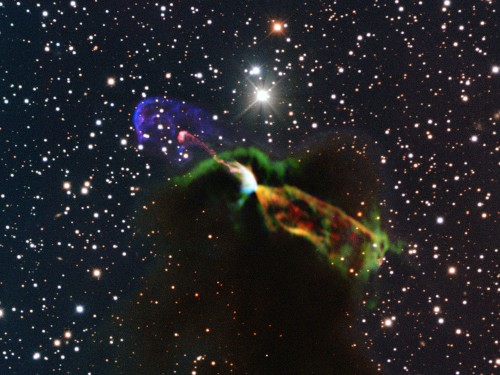
Earlier this year, Héctor Arce, Associate Professor of Astronomy, and his international collaborators were some of the first to see two decades of collective scientific effort begin to bear fruit. Arce and his team studied the behavior of protostars and their outflows using the Atacama Large Millimeter/submillimeter Array (ALMA). Their discoveries about the dynamics of star formation, including velocity and cycles of activity, were only made possible by the new array. The conception of ALMA dates back to before 2002, when the National Science Foundation (NSF) and the European Southern Observatory (ESO) agreed to build an array of unprecedented scale in Chile. Since then, the National Astronomical Observatory of Japan (NAOJ) has also joined the coalition. This array has been highly anticipated within the scientific community, with the facility’s director comparing its inception to “opening a new window.”
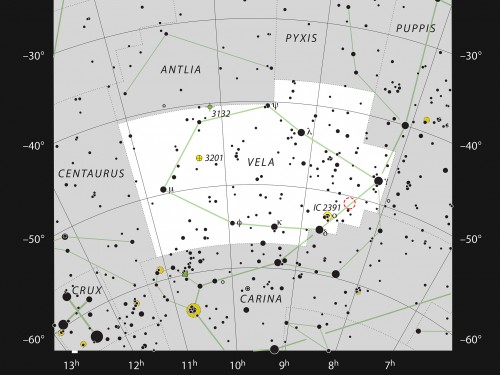
ALMA, which detects radio waves instead of optical or infrared, is ideal for studying dark parts of the universe where stars are in their embryonic phase. Using the new technology, researchers were able to obtain high resolution images of carbon monoxide gases and other material streaming away from a protostar. The particular gas formation under scrutiny is located in the constellation Vela, around 1,400 light years away.
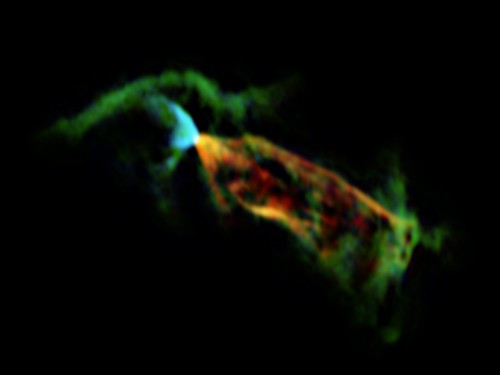
The images led to two main developments in the understanding of star formation: that star growth occurs episodically as opposed to constantly and that the outflows — ejected molecular material — have much more momentum and kinetic energy than previously speculated. This particular outflow and its collision with the surrounding atmosphere have been named Herbig Haro 46/47. In general, Herbig Haro objects are small, volatile regions closely associated with star formation. HH 46/47 stands out as a significant discovery, since its protostar is believed to typify protostars of its kind and have a mass very similar to that of our own sun. There are several ramifications of these discoveries. “We can assume that this energy and momentum that we see will affect, for example, the timescale that the star will take to form, [and] the amount of material that can be around to form the star,” Arce said. “This implies that these outflows have considerable impact on the ways that stars form.” The episodicity of the growth, meanwhile, affects how the gaseous building blocks for the star are gathered. “If we want to understand where we come from, we need to understand how stars and solar systems form,” Arce added.
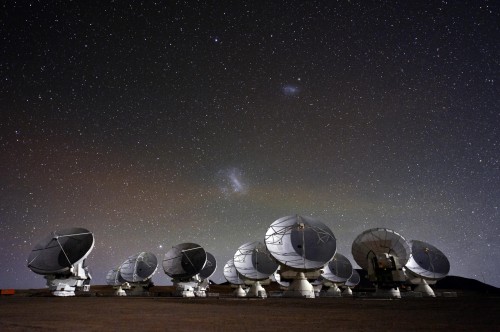
Since the images of HH 46/47 produced using ALMA were obtained by using only a quarter of the full array over a period of only five hours, these findings represent only a small fraction of the new technology’s capabilities. Based solely on the quantitative parameter of collecting area — the array has 66 antennas ranging from 23 to 39 feet in diameter — ALMA is at least ten times better than any of its predecessors. However, Arce noted that there are also advantages such as improved technology and an ideal site over three miles above sea level in northern Chile’s Atacama Desert. The location of the array is the perfect storm of arid conditions, high altitude, and minimal light pollution.
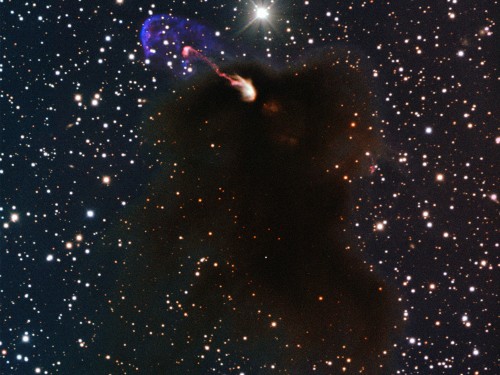
The researchers have high hopes for future projects utilizing the new technology. “You could do two things: You could do a more sensitive project or observations with much higher resolution, or you could something similar…in much less time,” Arce said. He anticipates that it will also be possible to study numerous protostars at different points in their evolution, creating a fuller picture of what was up until recently a patch of the universe shrouded in mystery. Stuartt Corder, a researcher at the ALMA Observatory and co-author of Arce’s recently published paper on star formation, emphasized that ALMA is still in its infancy and said that the technology is expected to provide “even better images than this in a fraction of the time.” The team plans to expand their project by eventually comparing their research with hydrodynamic models of outflows and seeing how these outflows affect the surrounding gas cloud.
Arce, who came to Yale in 2008 and teaches a course called Interstellar Matter and Star Formation, said that he has mentioned this part of his research briefly to students before but plans to share this abundance of new material with them. “I always try to incorporate my research in my course … Now that the results are out and the full analysis is done, I can talk more about it.”
